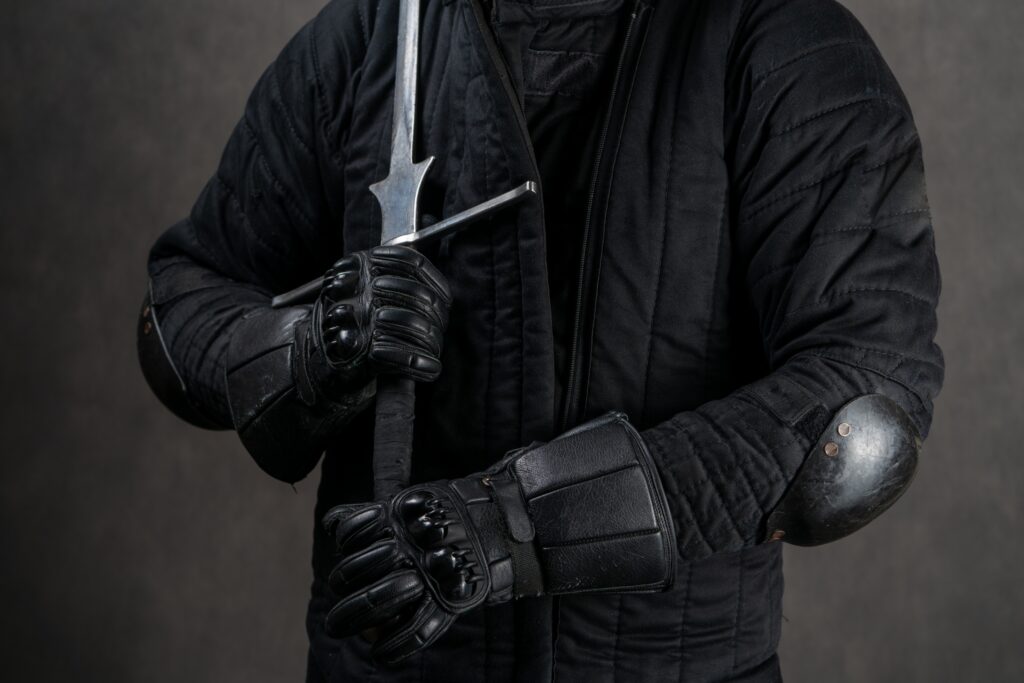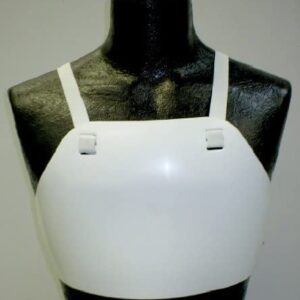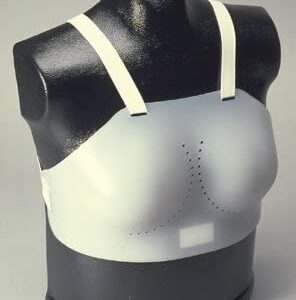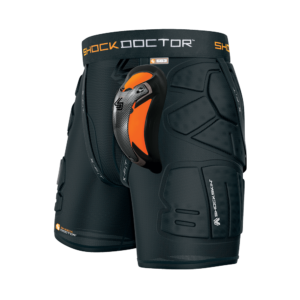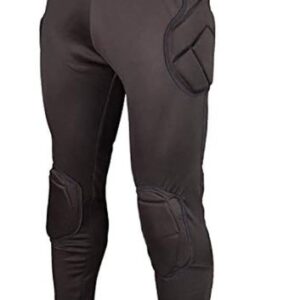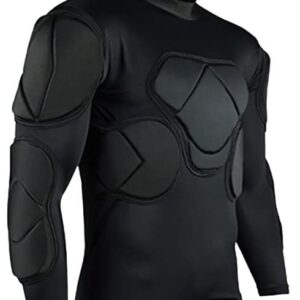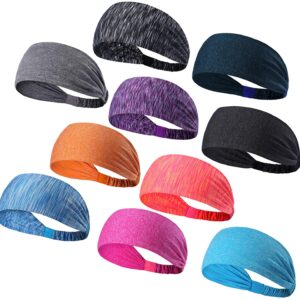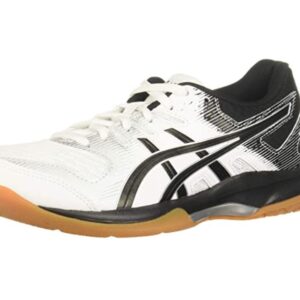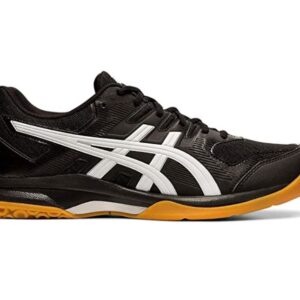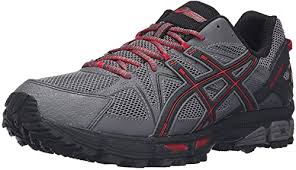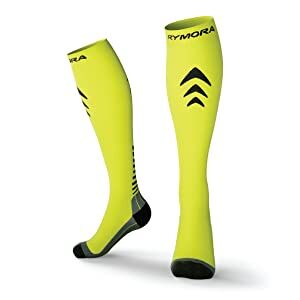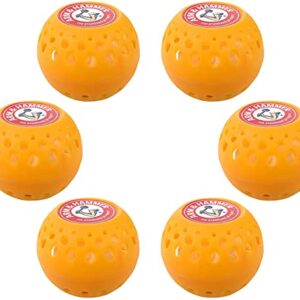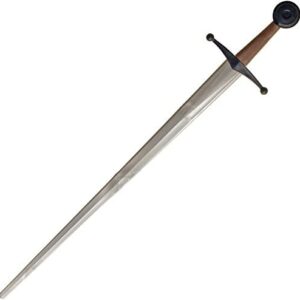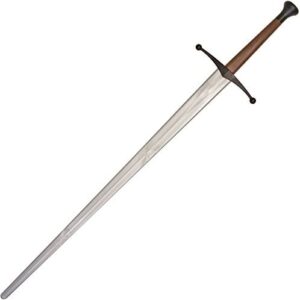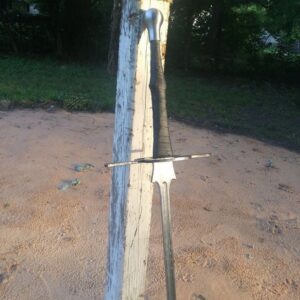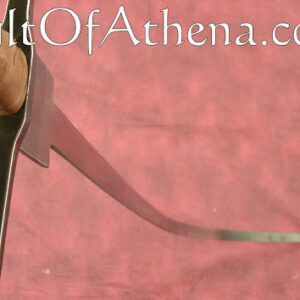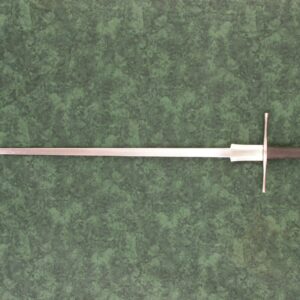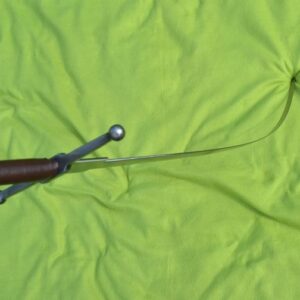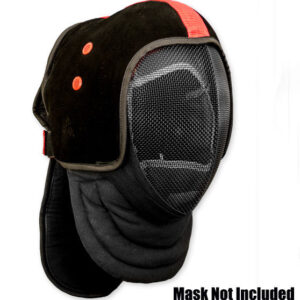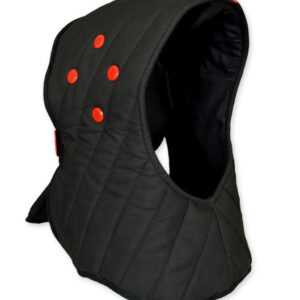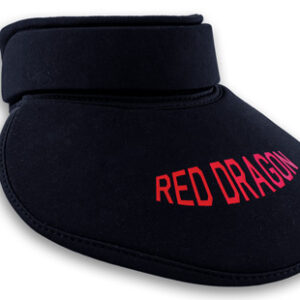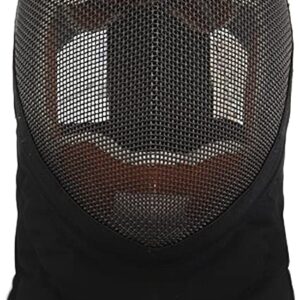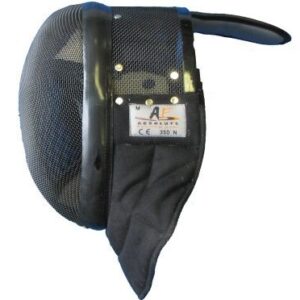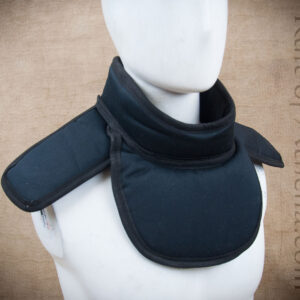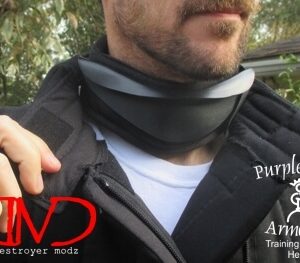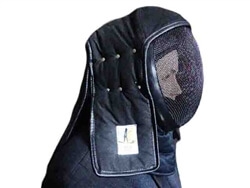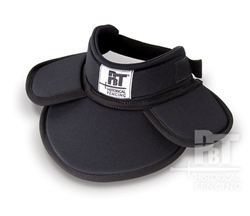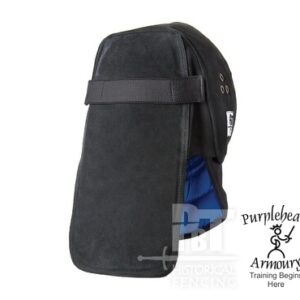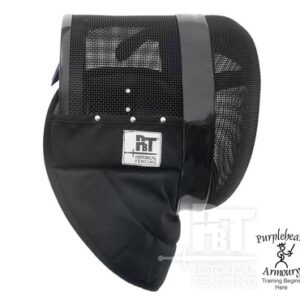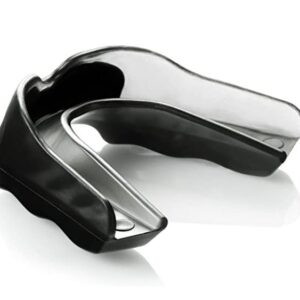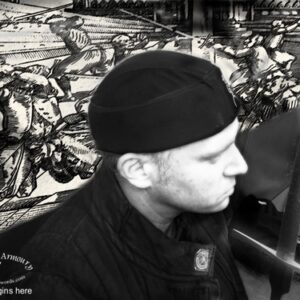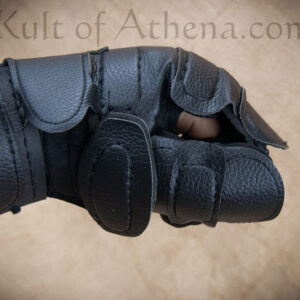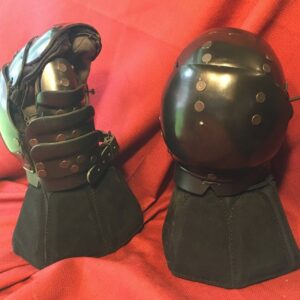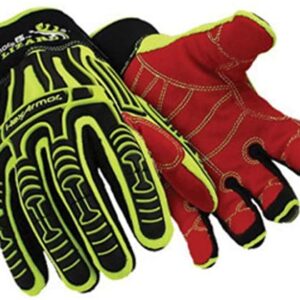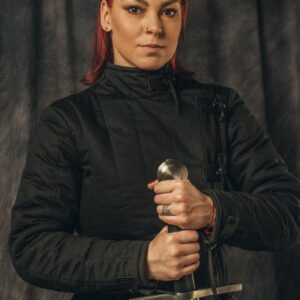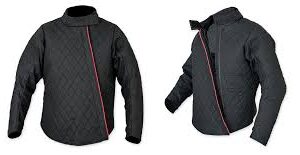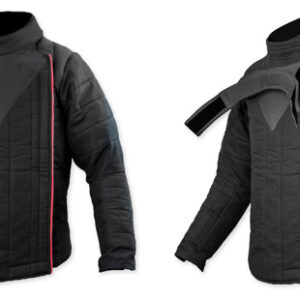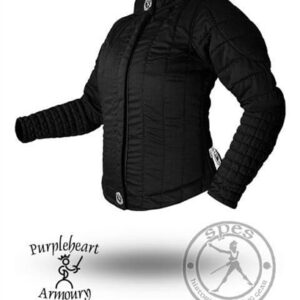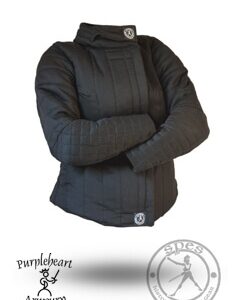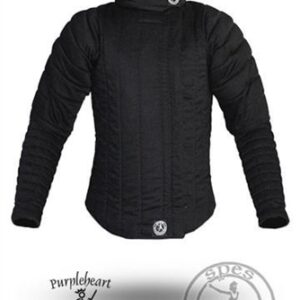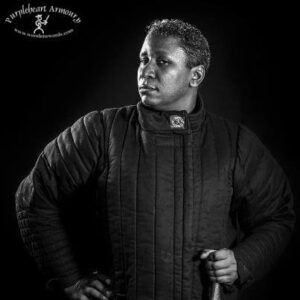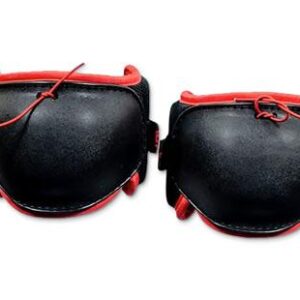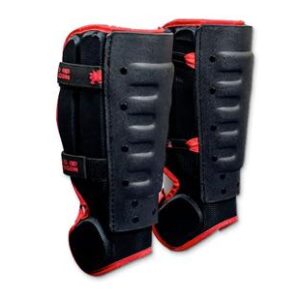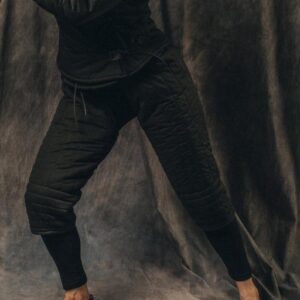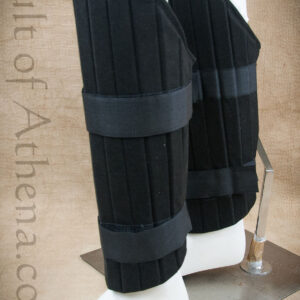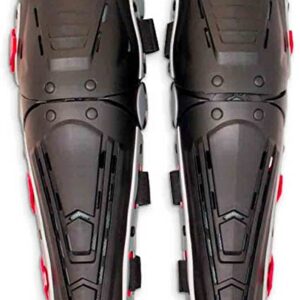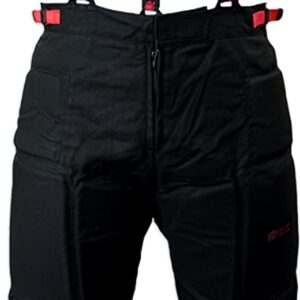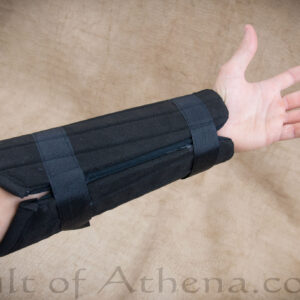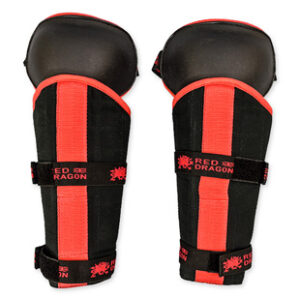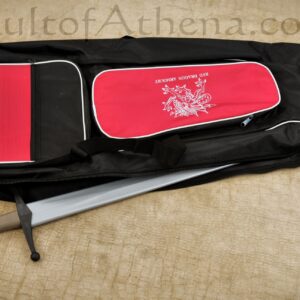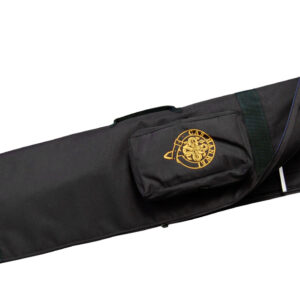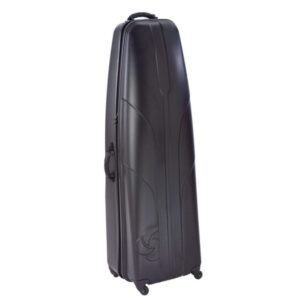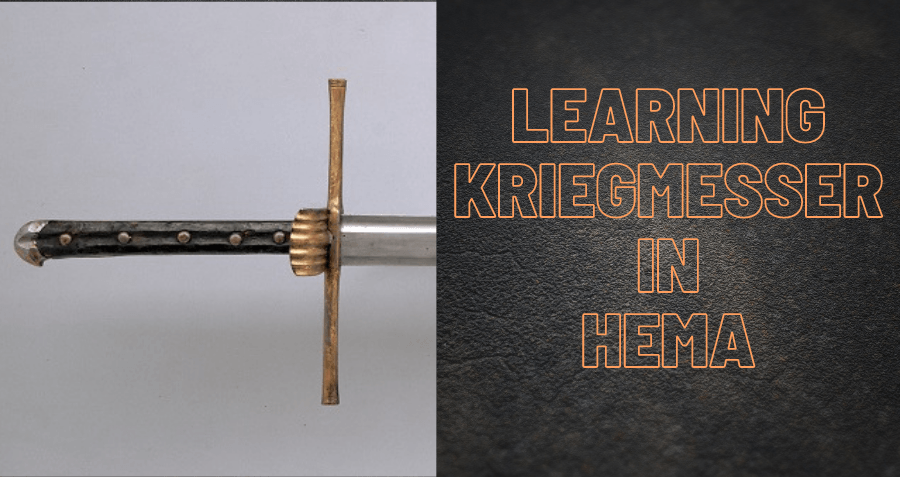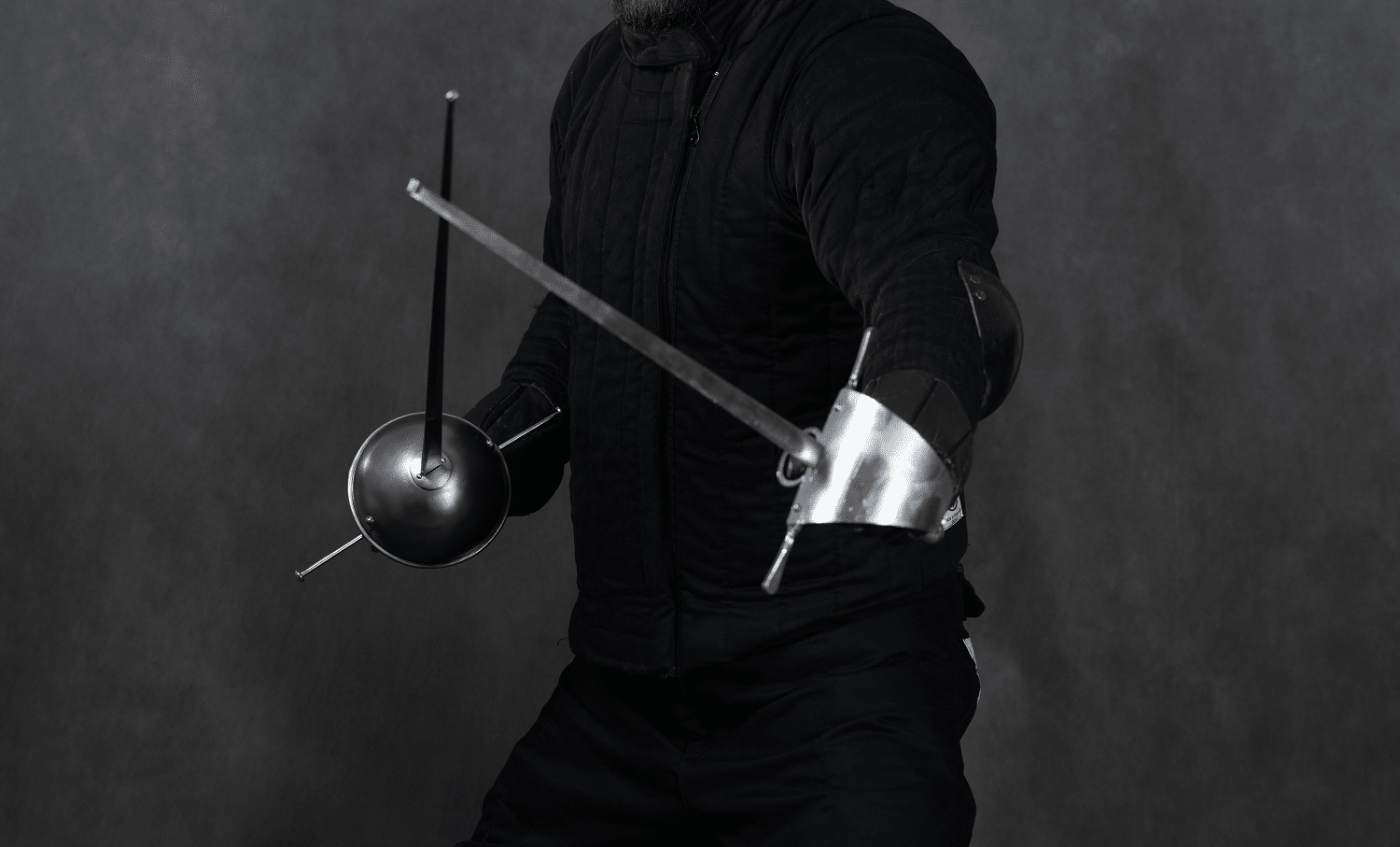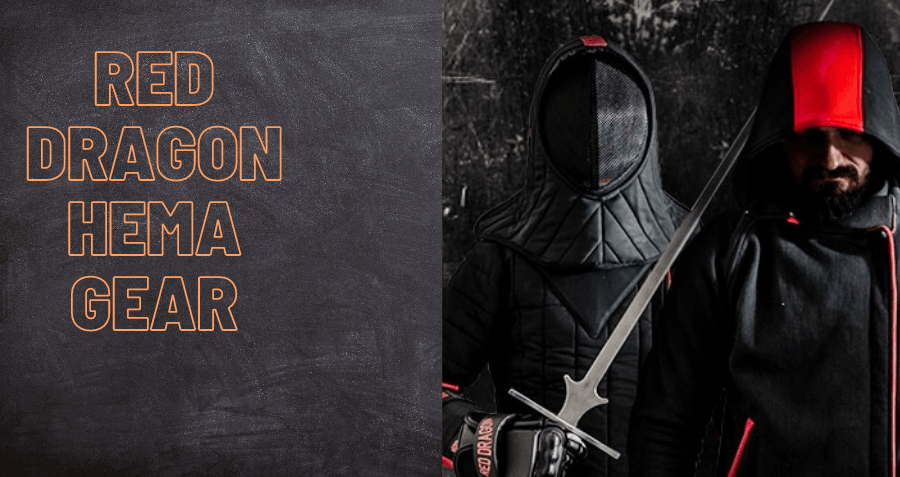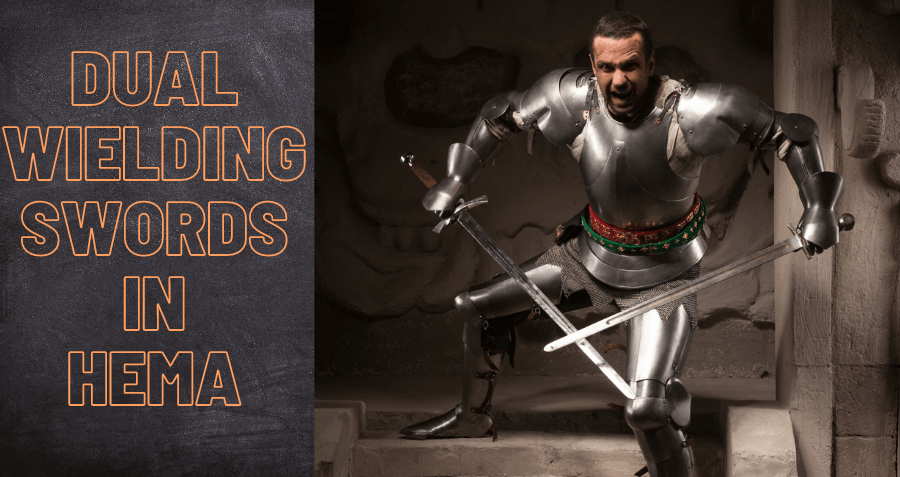Getting started in any new hobby is often an exciting thing, but sometimes can feel like an overwhelming process. Often a new person wants to have an idea of what the upfront costs will be to get involved in this new hobby and information on these specifics can be difficult to locate.
In this short guide we’ll try to tell you everything you need to know and point you toward making the minimum amount of investments needed at different stages of your experience as a new student of Historical European martial arts ( HEMA).
As almost every HEMA club practices long sword this guide has been structured around long sword study but several parts of it are applicable to other weapon based systems, too.
Should You Buy Anything At All?
If you ask in the online communities some people will advise to not purchase any gear whatsoever, saying this because many clubs will have loaner equipment available, but this isn’t necessarily a true statement. While some HEMA clubs do have loaner gear, many clubs do not have a lot of it and the loaner gear might be in poor condition. Loaner gear are often items that were donated to the club after it was worn out and the original owner replaced it with newer kit. Even the best of clubs have loaner gear with feder hilts that rattle and may have bends in the blades, too. This can impact your performance with it and at the very least be distracting during practice.
Now we do not necessarily recommend that you purchase hundreds of dollars of equipment for your first class but you definitely want to purchase your own kit as soon as you decide that HEMA is something you really want to do as an ongoing hobby. With your own kit you can have more control over the level of safety in your protective gear like your fencing mask, throat protector and your gloves, the three most important pieces of equipment you need to safely drill!
Never take safety for granted. These may be blunts but they are still weapons. There are unfortunately some clubs which are better at fostering good safety practices than others, and even instructors might be careless. In 2018 an instructor in rapier fencing blinded and paralyzed one of his beginning students while demonstrating a technique because he didn’t make his student wear a fencing mask.
Safety is very important and you must be in charge of your own safety. Don’t listen to people who say you don’t need to wear a fencing mask for partner drills, you do!
As for a practice weapon you do want to have your own. As said before loaner gear can be very worn out and this will impact your performance. The second reason is that you generally are not allowed to take loaner equipment home with you and if you want to get good at fencing you must practice on your own time. Doing drills for an hour a day a few days a week is not going to help you progress nearly as quickly as if you also do floor drills on your own time. So you need a practice weapon to do this.
Now some people in the HEMA community like to insist that you should order all of your equipment through your club and while that can be fine, it’s not always the best solution. Sometimes a club will up-sell an item and you may not get the best price for it if you purchased it directly. Another thing is that sometimes a club might have a certain preference for gear based on what they claim to be is “experience” but in reality is based on personal relationships between the club owners and certain vendors. There are some vendors who are much more popular than others due to these personal relationships and not necessarily because of quality. There are items of sufficient quality (such as Red Dragon gear, for example) that you might be discouraged from purchasing even though it can be very good gear when starting out due to low price points, although it may not be sufficient for competition usage. You should do your own research into equipment to see what options are available to you.
Even if you never purchase anything major because your club loaner gear can fulfill your needs there are some things you will always need at a bare minimum. So we’ll talk about these items first.
The Essentials
Appropriate Workout Clothing and Gender-Specific Protection
The first thing you will need is suitable clothing for exercising. If you already own workout clothes such as gym shorts, yoga pants, t-shirts and sneakers then you’re mostly all set to go. As the kind of clothing people like to wear to workout can be unique to someone’s personality we won’t make any specific recommendations on how to dress yourself for class. A club will often have a uniform consisting of a t-shirt with the school logo on it that many members wear to classes, so we don’t see it helpful to recommend you buy t-shirts just for HEMA practice.
Generally you should wear loose fitting baggy workout appropriate pants or shorts like sweatpants, yoga pants or karate gi pants for working out. Don’t show up to class wearing blue jeans or anything.
We will note that some people like to wear period piece clothing for training such as plunderhosen but this provides no practical purpose and you won’t be able to wear them with sparring pants.
What we will recommend are a protective cup for men and a breast protector for women. Even if a club has a pro shop they generally do not stock these items and we’ve put together a short list of some good ones here.
The Shock Doctor Shockskin Impact Jockstrap Cup Shorts are one of the best designs for HEMA since it also has some protective padding areas around the hips and is made of modern wicking fabrics.
For the ladies you want to protect your chest region which is a frequent target even in light sparring. Depending on your chest size you may need to adjust the protector by using a heat gun to reshape it to your sizes. There are some tutorials online on how to do this if you search on Google.
Men might also want to consider purchasing a Unisex fencing Chest Protector to wear for thrusting drill practices as well. It’s a good piece of kit to have if you intend to do heavy sparring anyway as they can be worn underneath a fencing jacket.
Seriously boys and girls, wear this equipment even for drilling! The last thing you want to do is take a hard sword blow to the family jewels or your lovely lady lumps! Training partners often make accidents, so even if someone can do something perfectly most of the time, there is still a margin of error where people can strike harder than they intended to and in places they didn’t mean to. You wear the gear for the 1% possibility of stuff that can happen, not because it’s 100% guaranteed to happen.
Other useful protective gear to wear underneath a fencing jacket are some undershirts and underpants leggings made by Jellybro originally intended to wear under American football equipment. These are also made from modern wicking fabrics and have some padding on key areas of the chest, arms and hips which when doubled with purpose built fencing jackets and pants good protection against rubbing. In particular the shirt is excellent to wear underneath the plastic chest protectors because the padding is right there where the chest protector sits. It’ll also help keep you a little bit cooler inside your jacket and pants, which can get very hot and stuffy. If you are using loaner fencing jackets and pants it can be a good idea to have this so you at least aren’t making as much direct contact to borrowed smelly gear as you otherwise might.
Another essential item is some kind of headband or cap to wear underneath your fencing mask. This will help keep your hair out from your eyes but also sweat from pouring into them, too.
Good Athletic Shoes for HEMA
Lastly for essentials you want good athletic shoes. Some fencing clubs practice on different ground than one another do, with some having smooth wooden floors and others practicing on grass in a park. Regardless the movements you perform will be impact hard on your feet so it’s useful to wear shoes with extra padding on their insoles, especially if you have high arches or flat feet. A good versatile athletic shoe is this one that has such extra padding in its cushion.
To go along with your shoes you need the right kind of socks. There are specialty fencing socks but specialized compression socks useful for many sports can also be used as well, and are cheaper. We recommend Rymora Compression Socks with padded soles.
We’re also going to give a tip. This isn’t an “essential” item for training but it is pretty important if you want to be more hygienic. Purchase some of these odor eliminator balls for your shoes and training bag when you’re not using them. This is especially important for when you purchase a fencing jacket and mask. Heavily sweating in this stuff will create a lot of bad body odor residue and the worst thing you want to do is put on a smelly jacket and fencing mask the next day! These little balls are like magic, and will prevent that from being the case. Highly recommended!
Starter Gear For Long Sword Fencing
Almost everyone who gets into HEMA will practice long sword. It is the most popular weapon and the one most students begin with at a club.
As said earlier in this article, while you probably don’t need your own gear for the first couple class sessions it can be a good idea to purchase your own once you decide you want to seriously study Historical European martial arts fencing.
The specific gear that will be acceptable at your club may vary from club to club, but a lot of gear is very ubiquitous; everything on this list will be accepted at most clubs.
Starter Synthetic Longswords for HEMA
If you’re looking for something cheap which you can use to do solo drills at home, you might consider starting out with a synthetic sword trainer. Although these are not commonly used for sparring or drilling anymore they can still be valuable for use at home or on your own outside of the club, as they are cheaper compared to steel trainers. Here we list both an arming and a long sword.
Starter Steel Federschwert Longswords for HEMA
However if you want to make an investment into a steel weapon like a federschwert, also nicknamed a ‘feder’ within the HEMA community, then you want to go with a reputable manufacturer. Some feders can be cheaply made and have poor heat treatments which causes them to break easily.
While there are feders we recommended as acceptable starter gear and club loaners, if you desire to make a longer term investment we recommend these steel feders.
For a more detailed review of the various feders available for purchase in your longsword HEMA kit, we recommend you read our article where we discuss the various brands of feder available for purpose.
One thing to watch out for is to avoid purchasing certain brands of feders. As an example the CAS Hanwei Federschwert sword (sometimes sold under the brand name of Kingston Arms) has a notorious reputation for easily breaking and being unsafe. You can read more about these problems with Hanwei swords in our article about the subject.
Starter Fencing Masks and Neck Protection for HEMA
You should also get your own mask. Generally in HEMA it is common to use what is known as a coach’s mask which are more durable than cheaper fencing masks as a coach mask is intended to take many strikes from beginning fencers as the coach teaches them. For advice on how to find the correct size fencing mask for your head, please read our article on this topic.
You also must wear a throat protector, known in historical fencing as a gorget. This is important to protect your wind pipe from becoming crushed by strikes and thrusts that might accidentally be delivered to your throat. The bib of a fencing mask won’t protect against this at all on its own.
There are tiers of gear by quality and price. The first tier is Red Dragon gear, that provides the minimal amount of safety but is the cheapest to purchase.
The next tier of quality is Absolute Force fencing mask, used with either one of their Neck Protectors or alternately a Destroyer Modz gorget to protect your neck from thrusts.
The third tier of quality and price is PBT fencing mask rated at 1600N with one of their gorgets. This is tournament grade protective equipment. Unlike with the Absolute Force mask, you’ll need to purchase the protective cover for the PBT separately.
It is not an unusual practice for a historical fencer to have more than one mask. Many historical fencers have a mask for drilling and light practice, and then one they reserve for heavy sparring and tournament play. This is because a fencing mask is one of the pieces of gear you will replace most often over the course of time as it becomes damaged from blows. Inevitably the wire mesh will get dented in and become unsafe to use. So having a cheap mask for drilling and a nice mask for protecting you against tournament level play is very useful.
This can also apply to gorgets; some people use a cheap gorget for drilling and light sparring, with others wearing a more robust one intended for tournament protection. The tradeoff tends to be about flexibility of your neck; heavy duty gorgets restrict the movement of your head abit whereas less protective ones do not.
You probably will not engage in much intense sparring in your first few weeks but at some point you’ll want to purchase a mouthguard. Strikes to the head can have as much impact as any kind of blow you’d get from playing football, especially if your club allows grappling in your sword play. You want to protect your teeth. We recommend this relatively inexpensive mouthguard made by Shock Doctor.
If you are concerned about very hard blows to the top of your head it can be useful to purchase a gel helmet liner for wearing under your mask.
Starter Sparring Gloves and Hand Protection for HEMA
The third piece of kit that is absolutely essential for a beginner to purchase is hand protection. Getting struck to the hands is common in HEMA fencing and these training weapons will break your fingers or wrist if you don’t wear adequate protection. Many HEMA practitioners once wore lacrosse gloves but now purpose built hand protection such as the SPES Heavy Gauntlet or Absolute Fencing Deluxe HEMA gloves are more common. These gauntlets are fairly standard.
An underglove can also be a good investment into protecting your hands. You may not need these as a beginner but as your sparring increases in intensity as you become more comfortable and your skill increases, it can be good to have an additional layer of protection for your hands. This is especially the case if you intend to do tournaments. A popular underglove is the Hex Armor 2021 Rig Lizard which has cut and pierce resistant material in case a broken blade manages to penetrate through a gap in your gloves.
Starter HEMA Gear for Sparring / Freeplay
When you start doing free sparring, or free-play as it can be referred to as, you want to increase your level of protection. It can get rough.
Starter Fencing Jackets for HEMA
You will first want to purchase a HEMA fencing jacket specifically designed for long sword fencing, which is made of at least 350N rated puncture resistant material. This is to protect you in the event that a steel blade breaks, which can happen during intense sparring practice sometimes. Also just the normal activity of drilling and sparring will place burs on the edge of your steel feder blade that can cut you if you don’t protect yourself properly, which is also why sometimes jackets are worn even during drilling.
HEMA jackets come in two types; the normal kind for long sword and the lighter type that has less padding but more ease of mobility as a result of having less padding. The light jackets generally are for lighter weapons like rapiers, sabres, dussacks and arming swords.
As with fencing masks, jacket availability for HEMA comes in tiers.
Red Dragon brand is the bare minimum quality of HEMA fencing jacket for historical sword fencing and often at the cheapest price. Steel Mastery also makes a good HEMA jacket, too.
The next tier up in quality is SPES branded HEMA gear. This is the most common brand used.
Starter Fencing Pants and Leg Protection for HEMA
You will also want protective leg equipment such as fencing pants, also made from at least 350N rated fabric, and shin guards to protect your lower legs that are a valid target in HEMA.
Lastly you want forearm and elbow protectors to protect the rest of your arms from serious injury that could otherwise happen during intense sword fighting with steel weapons.
You should be aware that brand new HEMA equipment often requires a “break in” period and will be stiff when first purchased. For tips on how to hasten this period please read our guide on How to Break in Brand New HEMA Equipment.
Storing and Carrying your HEMA Gear to Class
Once you have all this equipment you’ll need a convenient way to bring it from your home to class. Given the size of equipment it can be difficult to find the most optimal solution but here we’re going to make things super simple for you.
If you just want to carry your swords you can purchase this quality bag made by Hanwei or this larger equipment bag from Red Dragon.
If you want to haul all of your equipment to travel on airplanes to attend conventions, seminars and tournaments then you need something more heavy duty than a bag. The best solution we have found is this high quality and reasonably priced travel case from Samsonite. It was meant for carrying a golf bag on an airplane but works perfectly for HEMA usage.
Based on our own experiences this case has enough room to hold:
- 1 padded fencing jacket
- 1 padded fencing pants
- 1 fencing mask
- pair of leather fencing gloves
- pair of heavy fencing gloves & elbow protectors
- pair of leg protectors
- 2-3 steel swords
- small first aid kit
- small sword cleaning kit
This is honestly the best deal you’re going to find if you intend to travel a lot.
Conclusion
HEMA can be a more expensive hobby than other kinds of martial arts practices are. This is because the equipment is specialty made so lower sales volume than other sports means the gear has higher costs of manufacturing. Don’t feel that you need to purchase everything at once, and it is okay to gradually add pieces to your kit over time.
If you are still seeking more options of equipment, please visit the following pages to see other options than what we have recommended.
Finally, here are some additional HEMA Resources articles we have written that provide additional information useful to beginners to longsword.
Do you disagree with our recommendations? Have any further thoughts you’d like to share? You can comment on this blog or alternatively the Recommended HEMA Long Sword Starter Gear Kit Equipment Forum Thread.
***
If you’d like to learn more information about historical fencing practices please check out our Learn HEMA page for a guide to learning about the historical weapon that interests you. You can also find more guides we’ve written about other topics at our Helpful Guides page. You can also join the conversation at our forums or our Facebook Group community.
Related posts:
- How to Clean and Care for Your swords and Federschwert in HEMA (Plus Storage and Transport Advice)
- How to Create an Amazing Website for Your HEMA Club Cheaply and Quickly
- The Best Historical European Martial Arts YouTube Channels to Watch
- Important Safety Tips for Historical European Martial Arts Fencing with Swords
